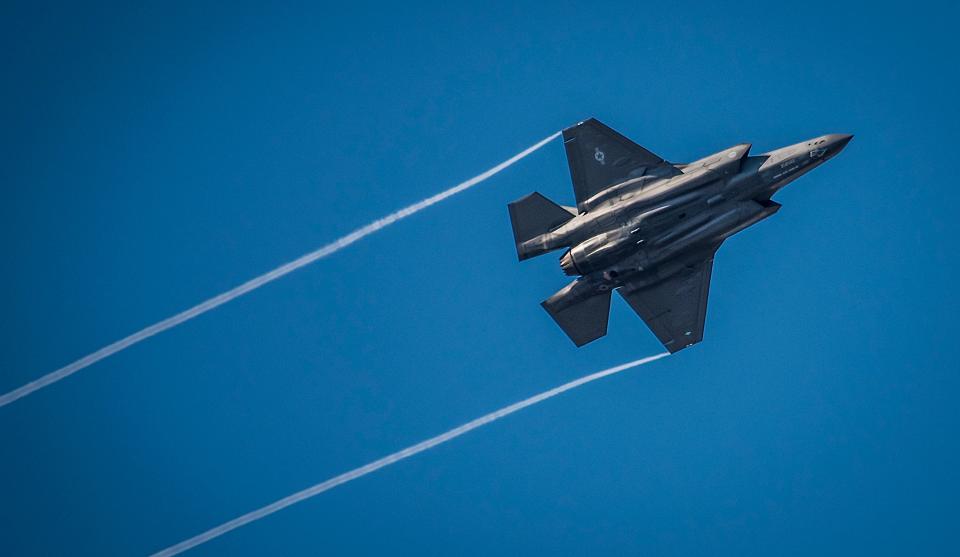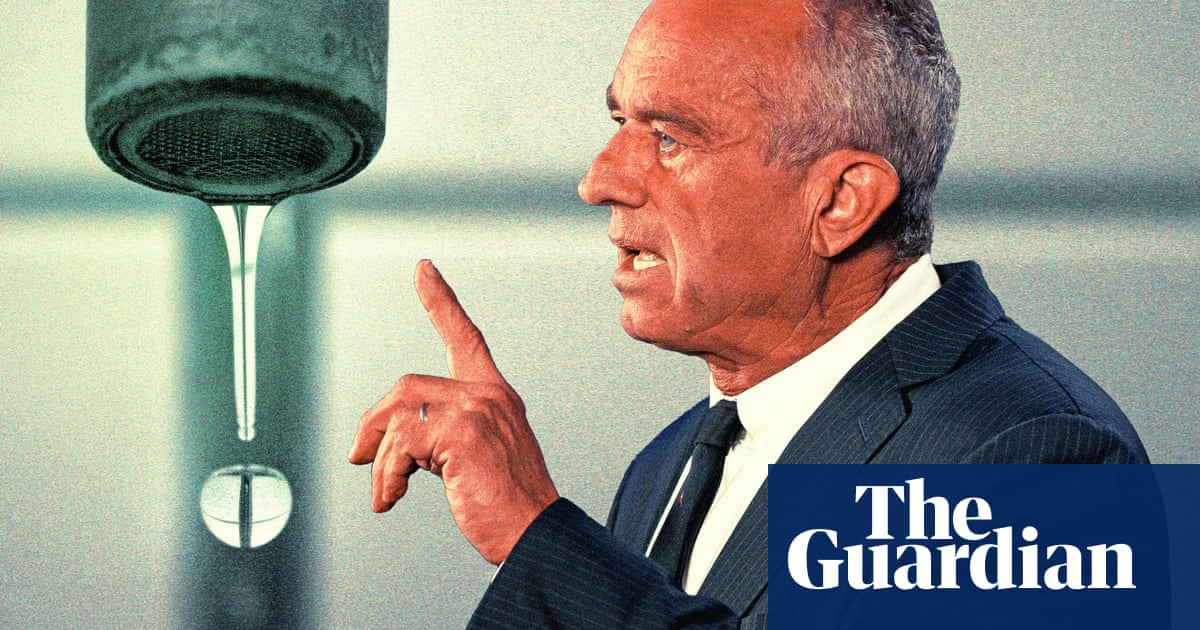Elon Musk sharply criticized the F-35 stealth jet and its builder, Lockheed Martin.
Musk could target the expensive program as part of his efforts to cut federal spending under Trump.
Congress has historically valued the stealth fighter flown by three military branches despite its problems.
Just weeks after President-elect Donald Trump tasked Elon Musk with cutting government spending, the SpaceX CEO criticized the Pentagon's most expensive weapons program: the F-35.
Musk called the jet's design "shit" and derided the "idiots" making the fifth-generation stealth fighter, which is widely considered a cornerstone of US airpower. His comments suggest he could be eyeing the $2 trillion F-35 program, and possibly other fighter jets, for potential spending cuts.
To do so would be an uphill battle. He would likely need to first convince Trump, who has for years repeatedly celebrated the F-35 for its high-end stealth capabilities. Then he would need to gain support within the Pentagon and Congress, which controls its funding.
Elon Musk has been tasked to find ways to cut federal spending.ANGELA WEISS / AFP via Getty Images
DOGE could target defense spending and the extremely expensive F-35
Trump has tapped Musk to head the new Department of Government Efficiency, or DOGE, charged with targeting government waste. Defense spending is a big potential target for the initiative.
It is the largest discretionary spending category in the federal budget, with the Pentagon's fiscal year 2024 budget of $824.3 billion. And the Department of Defense recently failed its seventh audit in a row.
The F-35 has had many problems. It suffered setbacks in development, and it continues to face cost overruns and readiness issues, with availability declining even as the program costs rise. Earlier this year, a government watchdog report found that the program will cost over $2 trillion over its lifetime.
In posts on X this week, Musk sharply criticized both the stealth fighter jet and, indirectly, its manufacturer: US defense giant Lockheed Martin. He said drones can now replicate the effect of crewed aircraft on the battlefield.
He also wrote that the F-35 fighter's design "was broken at the requirements level because it was required to be too many things to too many people. This made it an expensive & complex jack of all trades, master of none. Success was never in the set of possible outcomes."
The F-35 is the Pentagon's most expensive weapons program.US Air Force photo/Samuel King Jr.
Some defense analysts say the combat-proven aircraft is still a vital capability in America's arsenal — one that can't just be replaced by drones.
The multirole fighter jet is flown by the Navy, Air Force, and Marine Corps, with three different versions for operating off traditional runways, big-deck amphibious assault ships, and aircraft carriers. It was designed to execute air combat, ground attack, and other missions. The plane first took flight nearly 20 years ago and is expected to serve until 2088.
In response to Musk's comments, a Lockheed Martin spokesperson said the F-35 is "the most advanced, survivable, and connected fighter aircraft in the world, a vital deterrent and the cornerstone of joint all-domain operations." They added that Lockheed looks forward "to a strong working relationship with President Trump, his team, and also with the new Congress to strengthen our national defense."
A Pentagon spokesperson declined to comment on Musk's criticisms of the F-35 when asked about them at a Tuesday media briefing.
The F-35 is a combat-proven aircraft whose sophisticated design has come with challenges.US Navy photo by Mass Communication Specialist 3rd Class August Clawson
Any proposed cuts to the F-35 program could face opposition in Congress from lawmakers who have historically supported it for the spending it brings to many districts in the form of factory jobs. In fact, the House's defense spending bill for the 2025 fiscal year called for more F-35s than what the Pentagon initially requested.
The Trump transition team did not respond to a request for information on whether it plans to reduce or end the F-35 program.
How Musk could save money on the F-35 program
Michael Bohnert, a licensed engineer at the RAND Corporation, told BI the F-35 fighter is "cost-competitive" with global alternatives.
Bohnert said taking away the pilot wouldn't really change costs, and it would require multiple drones to begin to recreate the capabilities of an F-35. The ultimate costs of those platforms could end up being more expensive and, ultimately, still less capable.
A better way to save money, he said, would be to improve the cost efficiency of munitions and automate maintenance.
The F-35 delivers a range of capabilities that would be tough to replicate using uncrewed aircraft.US Navy/Cmdr. Darin Russell
"Augmenting F-35s with unmanned systems would be valuable, but unmanned systems are no replacement," he said. Canceling the fighter altogether "would be one of the biggest gifts imaginable for America's enemies," he said.
Stacy Pettyjohn, director of the Defense Program at the Center for a New American Security, told BI that the US can't replace crewed aircraft with drones in the near term anyway. The technology isn't advanced enough yet.
She said that the Pentagon has not yet fielded fully lethal autonomous weapons "that are sophisticated and can make sense of their environments, decide what to do, and act fully on their own."
"Almost all of the drones that exist today are remotely piloted or at most semi-autonomous," she said. "Developing the autonomy responsibly and then deciding that we have trust in it to send it on extremely consequential missions that is the long pole in the tent."
Read the original article on Business Insider

 German (DE)
German (DE)  English (US)
English (US)  Spanish (ES)
Spanish (ES)  French (FR)
French (FR)  Hindi (IN)
Hindi (IN)  Italian (IT)
Italian (IT)  Russian (RU)
Russian (RU) 



























Comments